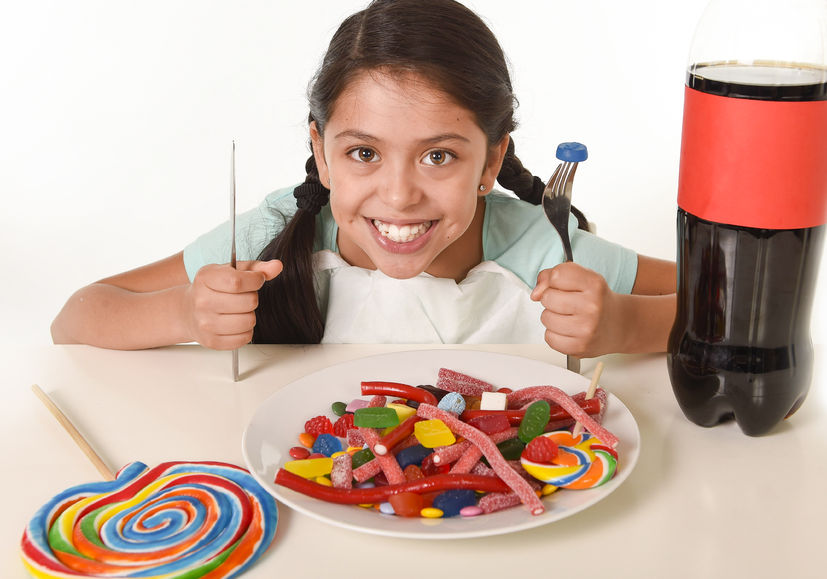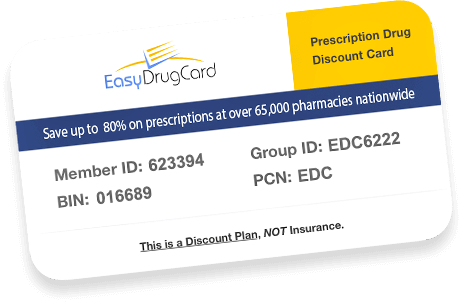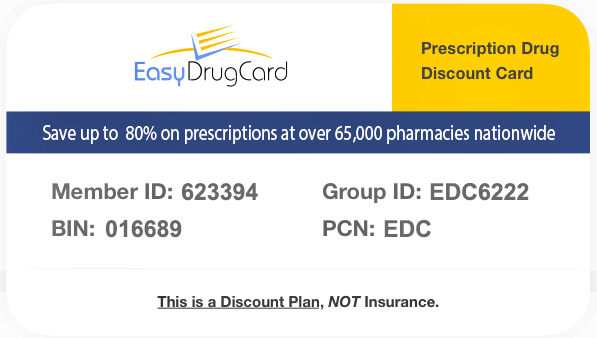How much added sugar are your children getting?
Childhood obesity is becoming increasingly more common. On the heels of obesity come various health threats at an early age, such as type 2 diabetes mellitus, asthma, cardiovascular disease, orthopedic abnormalities, and high cholesterol levels, which previously were only associated with adults. In addition to physical inactivity (due to video games, computers, ipads, etc) poor dietary habits to blame.
Children mimic the dietary habits that they observe. Parents, while your children are under your roof, you have more control over things that influence their dietary habits more than you realize.
- Let’s begin with the obvious: provide your children with healthy options. A key here is to realize that if you give your children healthy food, but they see you drinking sodas and eating junk food, they are going to want to eat junk food too. They want to be like you!
- Media (T.V. com mercials, magazine ads, etc). According to the Journal of the Nevada Public Health Association, children are more likely to consume foods that were depicted in food advertisements as fun and with taste appeal. Studies show that the food advertising geared towards children promotes high-calorie, high-fat, and high-sugar foods. They further found that advertisers are gaining increasingly early brand recognition with young children.
- Here are some stats from the University of Michigan Health System.
- TV viewing among kids is at an eight-year high. On average, children ages 2-5 spend 32 hours a week in front of a TV.
- 71% of 8- to 18-year-olds have a TV in their bedroom.
- Kids ages 6-11 spend about 28 hours a week in front of the TV.
- Here are some stats from the University of Michigan Health System.
What does this mean? The more time that your children spend watching T.V., the more likely they are to be negatively influenced by commercials for unhealthy foods. Children are designed to use their imagination and expend energy. As the parent, set guidelines/limitations to T.V. time. Encourage your children to get outside and play or even invite them into the kitchen to prepare healthy foods with you.
How much does excess sugar really matter?
According to Laureen Smith, RN, PhD and researcher at Ohio State University, “A child’s odds of becoming obese increases almost two times with each additional daily serving of a sugar-sweetened drink. How often do you allow your child to have a soda, or even a juice or Gatorade? If your child is not participating in extremely taxing sports (basketball, soccer, track, tennis) of 90 minutes or more, water is all they need for adequate hydration.

Kids and Sugar!
What counts as added sugar?
Added sugar is considered to be any sweetener that has calories ( i.e. table sugar, high-fructose corn syrup, honey , molasses , etc) and is used as an ingredient in processing and preparing foods or beverages. Added sugar also includes any sugars a person adds to food or drinks at a meal. There are no “healthy” sugars such as coconut sugar, agave, palm sugar or natural cane juice. Sugar is sugar.
Popular Sources of Added Sugar
Today’s Dietitian noted that oversized drinks are particularly popular among teens. Think “Big Gulps” or any “ Supersized” soda or sweet tea. What most teens don’t realize is that these drinks contain almost 500 calories. Believe it or not, sugar-sweetened beverages are the largest source of sugar in the American diet. For some teens, they account for almost one-third of daily caloric intake.
Snack items are another source of added sugar in the diets of children and teens. Fruit snacks (even if they say sweetened with 100% fruit juice, organic or “all natural”, sweetened yogurt, smoothies, cereal bars, fruit cups sweetened with fruit juice, and jello cups are just a few of the many sugar-filled items marketed to children.
Our grandparents and parents might not have realized that long-term consequences of spending all of their allowance at the corner store getting sodas and candy but today we have ample evidence showing that eating too much added sugar can ruin our health; particularly our cardiovascular health. Researchers attribute a majority of this to excessive intake of added sugars and action is being taken. Recent policy to limit total sugar include the new 2015–2020 Dietary Guidelines for Americans (limits daily added sugar intake to 10% of total calories)and the FDA’s requirement for all Nutrition Facts labels to include a line for “Added Sugars” and %DV for added sugars. Additionally, the American Heart Association’s (AHA) released their first-ever scientific statement recommending that children and teens aged 2 to 18 consume less than six teaspoons (25 g) of added sugars per day and no more than 8 oz of sugar-sweetened beverages per week.
How much sugar are children/teens really eating?
Today’s Dietitian reported that most children eat about three times the recommended amount of added sugars per day (16% of calories). About one-half come from food and one-half from sugary drinks. Males ages 12– to 19–years-old consume 442 calories per day from added sugar (17.5 % kcals for the day), and females consumed 314 added-sugar-calories (16.6% kcals for the day). Most of the added sugars consumed-around 59%-come from foods, but at 41% beverages aren’t far behind.
Is school to blame?
Contrary to popular belief, studies found that most of the added sugar consumption occurred in the home (approx. 65% of total sugar calories). Policies have been implemented to provide healthy foods and snacks to school-age children who participate in the National School Lunch Program and School Breakfast Program. You will now find more varieties of fruits, vegetables, and whole grains in school cafeterias. They are also placing stricter limits on sodium and sugar. Additionally, snacks sold in vending machines, school stores, and on à la carte menus can derive no more than 35% of total kcal from sugar.
How can you make a change at home?
- Don’t “preach” or lecture. Children and teens have a tendency to tune out when “lecture mode” kicks in. Instead, model good behavior. If they see that you actually practice what you preach, they’re much more likely to respect and follow your lead.
- Invite your children to participate in the cooking process. Even if your child is just stirring for you, the simple act of partaking provides a since of ownership and pride. Children are much more inclined to try “their creation” rather than feeling like they don’t have any choice.
- Provide options. Again, allowing your children to have a say in their food choices is key. Children/ teens want autonomy. However, rather than provide fruit snacks, sugar filled granola bars and sugar laden yogurt, have a variety of fruit (apples, bananas, oranges, pineapple, berries, etc), different types of nuts and seeds (almonds, pistachios, cashews sunflower seeds, pumpkin seeds), cheese sticks, cottage cheese and plain yogurt that they can top with their own berries and a little honey. If your child is hungry, they will eat what is available. ☺
- If your child struggles with their weight, try not to focus on “dieting.” This can create an unhealthy relationship with food and create poor body image that they might carry with them for the rest of their lives. Instead, focus other benefits of eating well such as getting stronger, performing better in school and overall health. Also, rather than pointing out all of the foods they shouldn’t eat, highlight healthy options.
- Empower your children. Let them navigate the food label and determine in a food is a healthy option or not. Teach them to choose foods with less than 6 grams of sugar per serving and teach them what a true serving size is.
- Create a challenge. There are over 50 different names for sugar. Challenge your children to “spot the hidden sugar” on ingredient lists. See if they can be detectives.
- Cut back on store-bought condiments such as dressings and sauces, which often have added sugars. Instead, choose salsa, dressings made with Dijon mustard, olive oil and vinegar or make homemade sauces using avocado or Greek yogurt as a base.
Call to Action
It starts in the home.
It starts with you.
You have the opportunity to put your child on a healthy path or put them at risk for chronic disease. I know that handing them a fruit snack or soda to appease them in the grocery store might seem like an innocent act. However, it’s not so innocent when it becomes the norm.
Your health matters too! As a family, make the choice to become educated about sources of hidden sugar. Make label reading a habit. Even better, greatly reduce your consumption of foods that have a label. Whole, real foods (fruit, vegetables, cheese, beans, whole grains, meat, fish, poultry, eggs, nuts, seeds, avocados, etc) provide nutrients that support health. Choose to eat for health!
Resources:
https://www.myplate.gov/tip-sheet/cut-back-added-sugars
http://digitalscholarship.unlv.edu/cgi/viewcontent.cgi?article=1016&context=njph
http://www.med.umich.edu/yourchild/topics/tv.htm
http://www.superkidsnutrition.com/revealed-alarming-facts-teens-sugar-intake/











